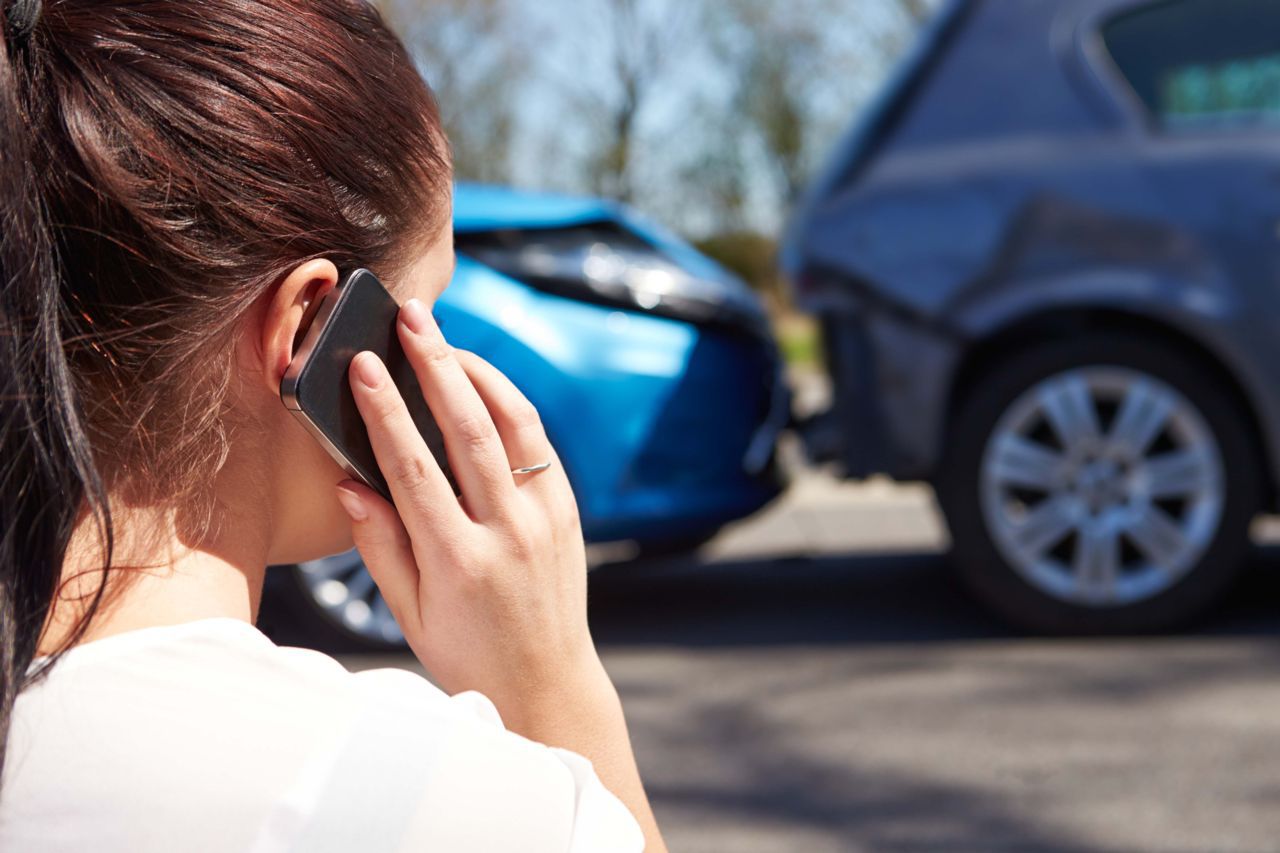
New drivers
My daughter was 16-years-old once (it’s crazy how time flies), and she got her Kentucky Learner’s Permit in September of 2009. My daughter and I had an ongoing debate as to whether or not she should attend and complete a driver’s education class. I believed that my daughter should attend and complete a driver’s education class, not only for the insurance discount, but also to teach her the proper rules of the road. Ultimately, she ended up take a driver’s education class.
Related: AAA Study: Distractions, Serious Problem Among Teen Drivers
Insurance policies for new drivers
As everybody is aware, teenage drivers’ insurance policy premiums are very high. My daughter claimed that she was a good driver, and she didn’t need to waste her time going to “this stupid driving class.” Now here is a strange twist. Believe it or not, my then 21-year-old daughter became an unexpected ally and was on my side. She stated that a driver’s education class was a must.
Do driver’s education classes really work?
New drivers and all drivers under the age of 21 are more likely to be involved in an accident. So, do driver education classes really work? As a parent, I believe that safe and good driving habits come with time and practice. The more time you spend behind the wheel, the better driver you become, especially if you have proper training and guidance. This is how automobile accidents are prevented. As with any activity, if you practice bad habits, you will only develop bad habits. If a parent shows their new driver the proper way to drive, this will help them become safer drivers.
This is where driver education classes come in to play. Somebody that can help reinforce the correct rules of the road and the laws to your new driver. A second opinion is invaluable. More often than not, a teen will not listen to their parents. An outside authority figure is more likely to get through to a teenager. The bottom line is, driver’s education classes are not the only avenue of teaching kids how to drive, but it should be a part of it. Parental responsibility is still the main avenue of learning. Teaching children responsibility and holding them accountable for their driving habits will help them learn.
Related: Prevent Distracted Driving Among Teen Drivers With Apps
Kentucky driving law
This is why the Kentucky Graduated License Program works. It doesn’t give a new driver total control and driving privileges immediately. This program requires the parent to sign the permit applications for anyone under the age of 18. This puts the responsibility on the parents. A permit driver must drive with another driver over 21-years-old for a minimum of 60 hours of practice driving, 10 hours of which must occur at night.
After the driver gets their license, they are placed in an intermediate driving phase. Drivers under the age of 18 are not allowed to drive between 12:00 a.m. and 6:00 a.m. unless good cause is demonstrated. Additionally, there are passenger restrictions. All of these rules gradually place the new driver in situations they can handle before more difficult situations are encountered. They remain under the guidance of more experienced drivers for this time period.
As a Kentucky Accident Attorney, I believe that education prevents auto accidents. That’s a good thing, whether teenagers believe it or not. As for my then 16-year-old, she drove a car once a week that had a big yellow sign on top that said, “Caution New Driver.” She didn’t like the sign, but it let other drivers around us know that she is still learning how to properly drive.


